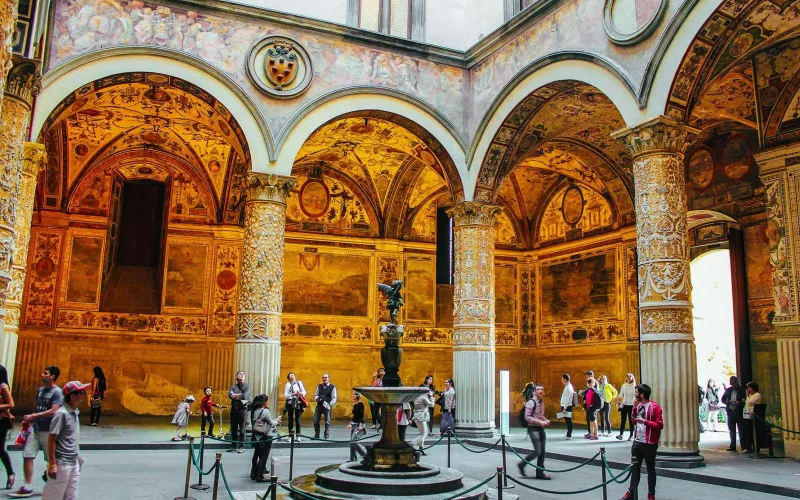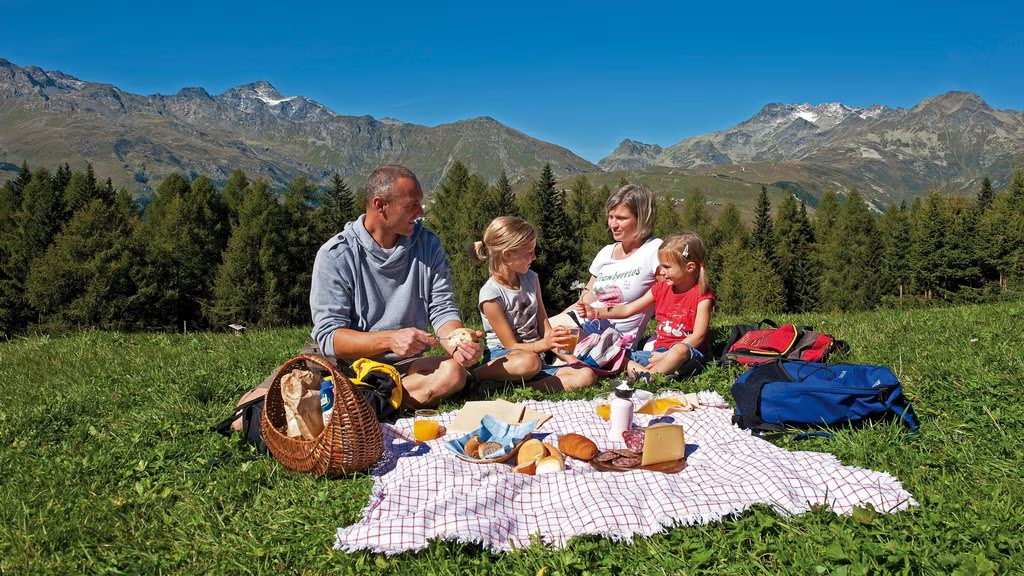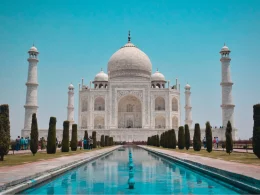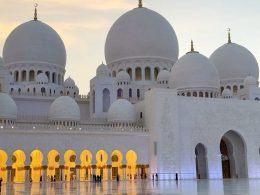Florence, the cradle of the Renaissance, continues to captivate the imagination of art enthusiasts, historians, and travelers alike. As we look forward to 2024, this historic city remains a beacon of cultural heritage, offering an unparalleled experience of Renaissance wonders. This article delves into the myriad attractions and experiences that await visitors in Florence, providing a comprehensive guide to exploring its rich history, art, architecture, and more.
The Birthplace of the Renaissance
Florence’s significance as the birthplace of the Renaissance cannot be overstated. This period, spanning the 14th to the 17th century, marked a profound transformation in art, science, and thought, with Florence at its epicenter. The city’s wealthy patrons, such as the Medici family, played a crucial role in fostering this cultural rebirth, commissioning works from some of the greatest artists and thinkers of the time.
Florence was home to an array of illustrious figures, including Leonardo da Vinci, Michelangelo, and Dante Alighieri. Their contributions to art, literature, and science have left an indelible mark on the city, making it a treasure trove of Renaissance wonders.
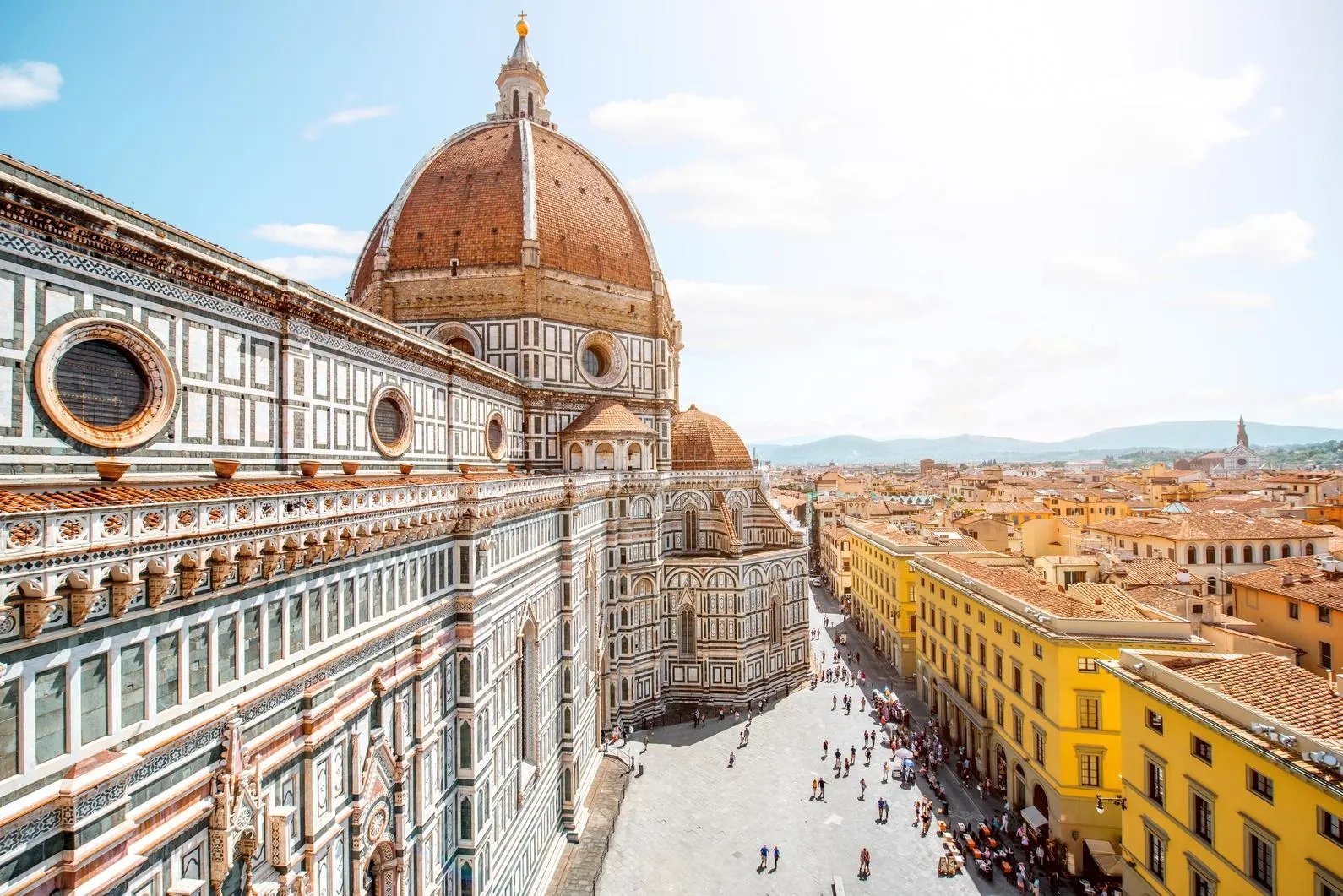
Must-Visit Attractions
The Uffizi Gallery is one of the most renowned art museums globally, housing an extensive collection of Renaissance masterpieces. Visitors can marvel at works by Botticelli, including “The Birth of Venus,” as well as pieces by Leonardo da Vinci, Michelangelo, and Raphael. The gallery’s layout allows for a chronological exploration of art history, providing insight into the evolution of Renaissance art.
Florence Cathedral
The Florence Cathedral, with its iconic dome designed by Filippo Brunelleschi, is a marvel of engineering and architecture. Visitors can climb to the top of the dome for a breathtaking view of the city and explore the intricate frescoes adorning its interior.
Palazzo Vecchio
Palazzo Vecchio, the town hall of Florence, is a symbol of the city’s political history. The building’s impressive facade and the Salone dei Cinquecento, with its grand frescoes, offer a glimpse into Florence’s governance during the Renaissance.
Ponte Vecchio
The Ponte Vecchio, a medieval stone bridge over the Arno River, is famous for its unique shops and picturesque views. Historically, it housed butcher shops, but today it is lined with jewelers, art dealers, and souvenir shops.
The Accademia Gallery
Home to Michelangelo’s “David,” the Accademia Gallery is another must-visit for art lovers. The statue of David, a symbol of strength and youthful beauty, is a testament to Michelangelo’s mastery of sculpture.
Cultural Experiences
Florence hosts several festivals throughout the year that celebrate its rich heritage. The Scoppio del Carro, or “Explosion of the Cart,” is an Easter tradition that dates back to the 12th century. The Calcio Storico, a historic football match played in June, offers a unique blend of sport and pageantry.
Culinary Delights
Florence’s culinary scene is a reflection of its rich history and culture. Visitors can indulge in traditional Tuscan dishes such as bistecca alla fiorentina (Florentine steak), ribollita (a hearty vegetable soup), and cantucci (almond biscuits) paired with Vin Santo.
Artisan Workshops
Exploring Florence’s artisan workshops offers a unique insight into the city’s craftsmanship. From leather goods to goldsmithing, these workshops preserve traditional techniques passed down through generations.
Getting There
Florence is well-connected by air, with the Amerigo Vespucci Airport serving domestic and international flights. The city is also accessible by train, with high-speed connections to major Italian cities such as Rome, Milan, and Venice.
Accommodation
Florence offers a wide range of accommodation options, from luxury hotels to charming bed and breakfasts. Staying in the historic center allows for easy access to major attractions, while the Oltrarno district offers a more local experience.
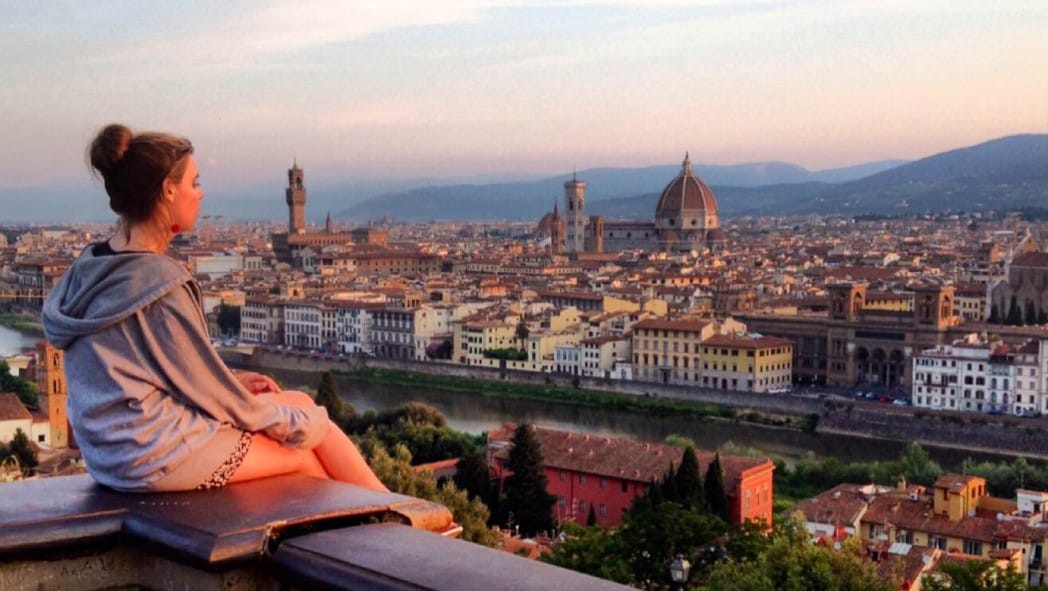
Best Time to Visit
The best time to visit Florence is during the spring (April to June) and fall (September to October) when the weather is pleasant, and the city is less crowded. However, each season offers its own unique charm and experiences.
Conclusion
Visiting Florence in 2024 promises an enriching journey through the heart of the Renaissance. From its world-class museums and historic landmarks to its vibrant cultural scene and culinary delights, Florence offers a multifaceted experience that continues to inspire and enchant. As you plan your visit, immerse yourself in the Renaissance wonders that make Florence a timeless destination






